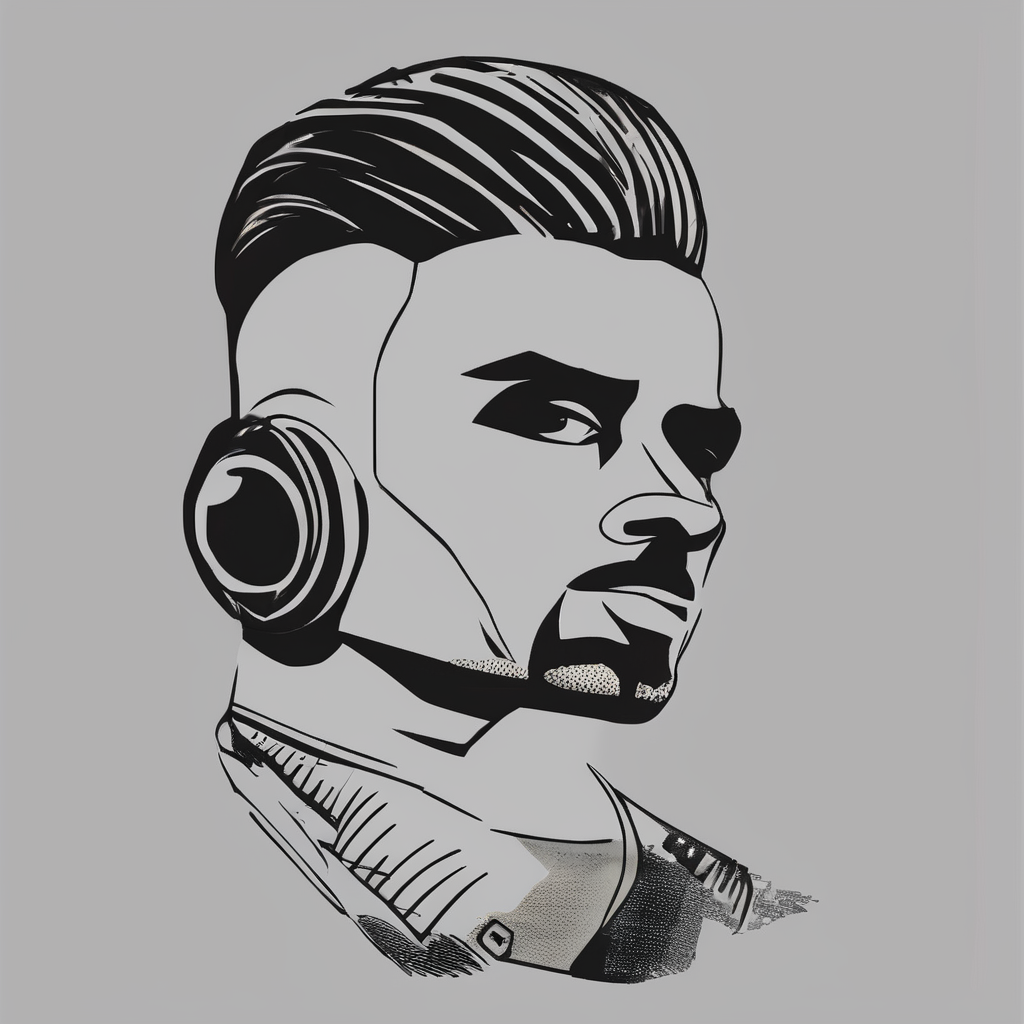Cultural Influences on Seasonal Trends
Cultural events and festivals have a profound impact on fashion trends, particularly in shaping women’s fashion choices. Local festivals introduce unique style elements that resonate within communities, thereby influencing fashion ensembles and launching new trend cycles. These cultural impacts on fashion trends are deeply rooted in historical contexts, as cultural heritage often dictates the aesthetic preferences of different regions. For instance, vibrant textiles or traditional attire reflecting cultural significance often shape seasonal collections and influence the broader fashion narrative.
The role of social media and influencers further amplifies the reach of these cultural fashion trends. Today, influencers play a pivotal role in disseminating fashion ideas globally at a rapid pace, promoting cultural styles beyond geographical confines. This partnership with technology allows fashion rooted in cultural traditions to gain broader visibility and appreciation, thus blending the modern with the historical. Social media platforms are powerful tools for transforming local trends into global fashion statements, making them indispensable in the modern fashion ecosystem.
Also to see : How Are Current Trends Shaping the Preferences of UK Women in Fashion?
Economic Factors Affecting Fashion Trends
Economic influences on fashion are profound, shaping every aspect from material to final design. Consumer spending patterns demonstrate a direct effect, showing how economic stability can enable discretionary spending on fashion, while recessions limit it. Retailers thus need to adapt, often shifting to more accessible pricing or promoting sustainable and long-lasting pieces which appeal to budget-conscious buyers.
The fashion industry economics further show that an economic climate impacts brand positioning. Luxury brands may find resilience due to dedicated customer segments but may also need to adapt by diversifying their offerings. Brands focused on affordability or fast fashion may thrive but face increased competition and ethical scrutiny.
Topic to read : How Are Current Trends Shaping the Preferences of UK Women in Fashion?
Moreover, global trade and sourcing are pivotal in the creation of seasonal collections. Economic shifts in one region can affect the logistics of sourcing materials from another, influencing cost and availability. In a connected global economy, tariff changes, currency fluctuations, and supply chain disruptions can determine a collection’s success. Consequently, fashion brands must stay agile, aligning their strategies with economic trends to remain competitive.
Climate Effects on Fashion Choices
Understanding the seasonal climate effects is crucial for predicting fashion trends. As weather patterns shift, fabric choices become paramount; lighter materials are favored in warmer climates, whereas heavier textiles prevail in cooler seasons. This adaptability showcases how weather influence on fashion drives decisions from production to consumer purchase. Color palettes also draw inspiration from seasonal climate variations—think warm autumnal hues or crisp winter whites.
Brands face the challenge of embracing climate trends in fashion, yet many rise to the occasion with innovations that meet these demands. Technical fabrics that offer comfort and style in diverse climates are increasingly popular, showcasing how designers blend functionality with aesthetics. In response to erratic weather patterns, layering becomes a staple of collections, allowing consumers to adapt stylishly to unpredictable climates.
Fashion brands that successfully align their offerings with climate changes gain competitive advantages. Emphasizing adaptability, eco-friendly practices, and region-specific collections can all win over savvy consumers who prioritize both style and function in a fluctuating climate landscape.
Notable Fashion Events Shaping Trends
Fashion events hold significant sway in shaping seasonal trends, particularly within the UK’s vibrant fashion scene. Major events, such as fashion weeks, serve as essential platforms for both established and emerging designers to showcase their latest collections. These gatherings not only highlight innovative designs but also set the tone for upcoming fashion cycles.
Emerging designers play a crucial role in setting seasonal trends during these events. By introducing fresh perspectives and avant-garde styles, they contribute to the dynamism of the fashion landscape. Their creativity often influences broader fashion narratives, as their innovations find their way into mainstream fashion considerations.
The influence of global fashion weeks extends beyond national borders. These events bring together fashion enthusiasts and industry leaders to witness the fusion of diverse cultural aesthetics. The impact of international runway shows is palpable in the UK, where global trends are seamlessly integrated into local fashion. This cross-pollination of ideas ensures that UK women’s fashion remains both innovative and reflective of worldwide trends.
Historical Context of Women’s Fashion Trends
Exploring the history of women’s fashion, we see that it’s a reflection of societal shifts and cultural evolution. Throughout key historical periods, fashion has not only mirrored, but also influenced societal norms. For instance, the liberation movements of the early 20th century introduced shorter hemlines, symbolizing freedom and modernity.
These historical influences often resurface in today’s trends, recycling styles from past eras into modern innovations. Designers frequently draw inspiration from vintage aesthetics, integrating classic silhouettes with contemporary twists, thus maintaining a harmonious balance between the past and the present. The interplay between historical movements and current fashion innovations highlights an intriguing narrative of how history shapes, yet evolves, with today’s fashion landscape.
This cyclical nature of fashion ensures that while we innovate, we also pay homage to legacy styles, revitalizing them for modern sensibilities. As a result, the evolution of fashion trends not only honors history but also pushes the boundaries of creativity and individual expression. Such trends create a rich, layered tapestry of design that appeals to both traditionalist and avant-garde fashion enthusiasts alike.

